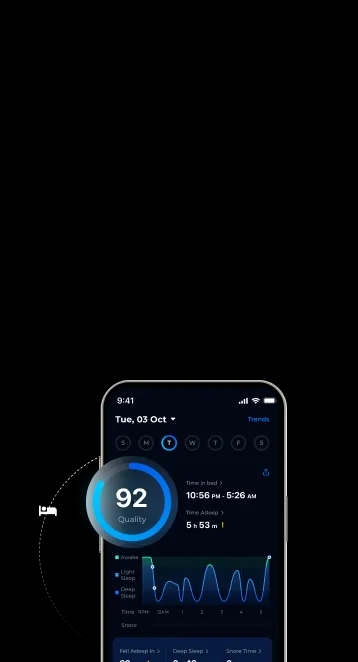

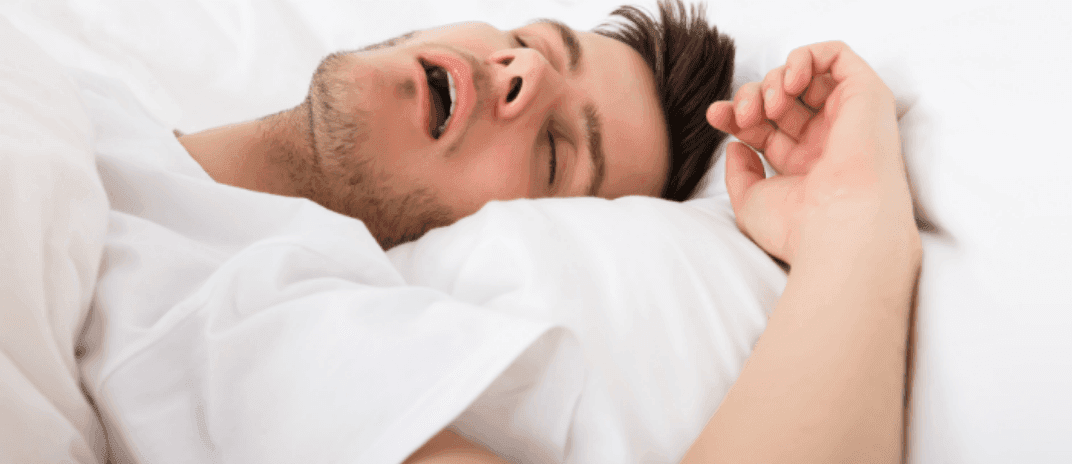
Today we will speak about a potentially serious sleep disorder in which breathing – repeatedly stops and starts. If you snore loudly and feel tired even after a full night’s sleep, you might have sleep apnea.
In this article, we will explore what sleep apnea is, its risk factors, and ways to treat it. Scroll down to find out all about it.
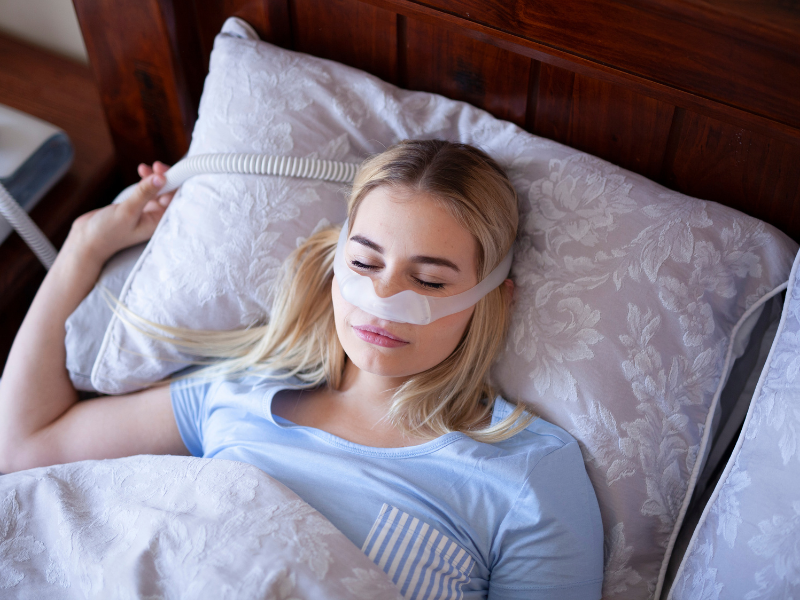
Sleep apnea is a condition whereby your breathing stops and restarts multiple times throughout the night. Each pause may last for about 10 to 30 seconds on average [1].
This sleep disorder is caused by the excessive relaxation of the throat muscles, obstructing the airway. It may also be caused by improper functioning of the central respiratory mechanisms.
The risk of obstructive sleep apnea increases in individuals with a family history of sleep apnea, particularly those with a severe case of sleep apnea. Sleep apnea is also commonly associated with sleep fragmentation and arterial hypoxemia [2].
There are 2 main types of sleep apnea which are:
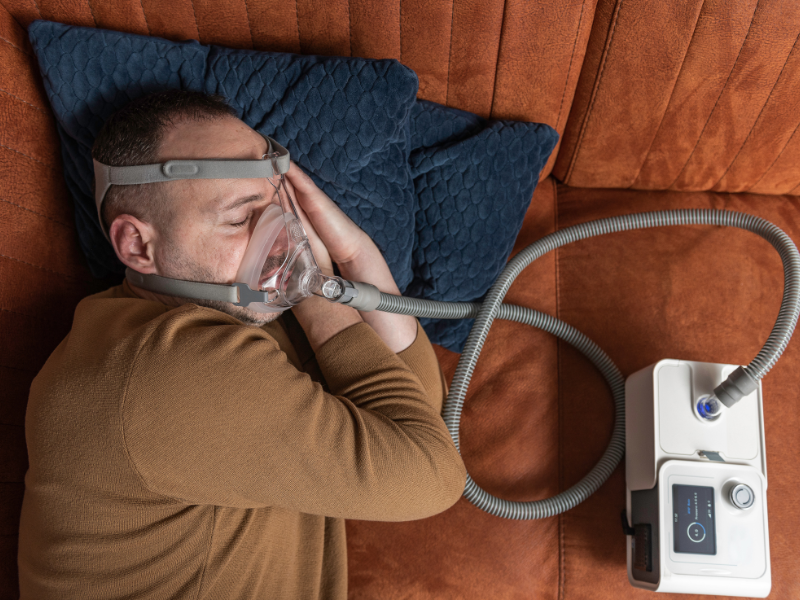
Obstructive sleep apnea (OSA) is a complex disorder that is characterized by upper airway obstruction during sleep. It may be partial or complete obstruction.
Obstructive sleep apnea occurs when there is a change in the muscle tone within the airways, resulting in the collapse of the upper airways [3]. These muscles support the soft palate, the triangular piece of tissue hanging for the soft palate, the tonsils, the side walls of the throat, and the tongue.
When these muscles relax, your airway narrows or closes and lowers blood oxygen levels. The brain senses this and immediately gives a signal to wake you up and breathe normally. These short awakenings can happen from 5 to 30 times per night, causing poor sleep quality.
Compared to obstructive sleep apnea (OSA), central sleep apnea is not as common. Central sleep apnea is characterized by sleep apnea episodes that alternate with normal breathing patterns. It occurs when your brain fails to transmit signals to your breathing muscles.
This condition can be caused by heart failure, stroke, or high altitude, different from obstructive sleep apnea (OSA) which is due to upper airway obstruction [4].

Many factors can influence your susceptibility to sleep apnea. Here are some of the most common risk factors for obstructive sleep apnea and central sleep apnea.
For obstructive sleep apnea, people who fall within these categories are more likely to have it [5]:
For central sleep apnea, people with these factors are more likely to have it [6]:
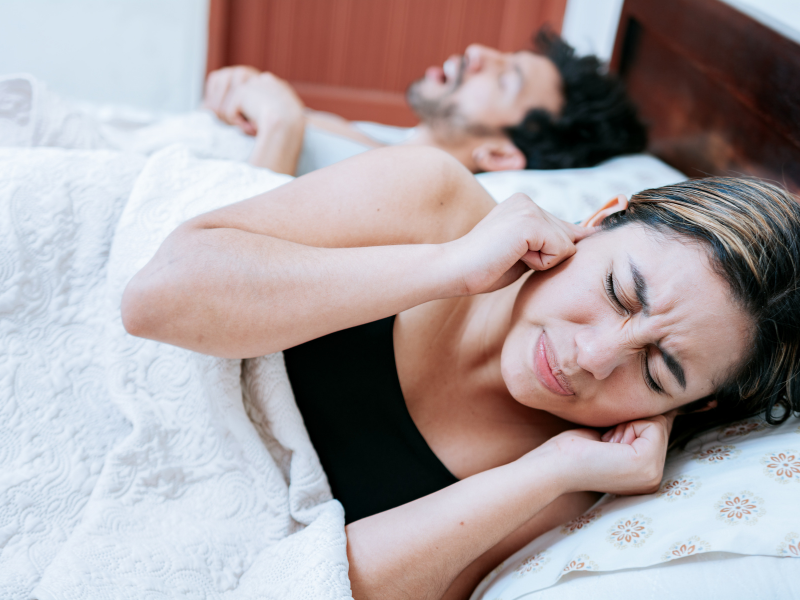
If you or your roommate/bed partner notices the following symptoms, you might have obstructive sleep apnea:
Here are also some symptoms to take note of to see if you may have central sleep apnea [4], [7]:
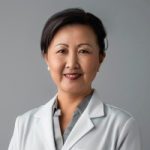

Sleep apnea in children, though less common, presents unique challenges. Children with obstructive sleep apnea may exhibit different symptoms compared to adults. In both children and adults, treatment for obstructive sleep apnea depends on the severity of the condition.
Mild sleep apnea might require lifestyle changes to improve sleep, while moderate to severe sleep apnea often necessitates the use of an airway pressure device. In cases of treatment-emergent central sleep apnea, a more complex condition where both obstructive sleep apnea and central sleep apnea occur, the treatment approach might differ.
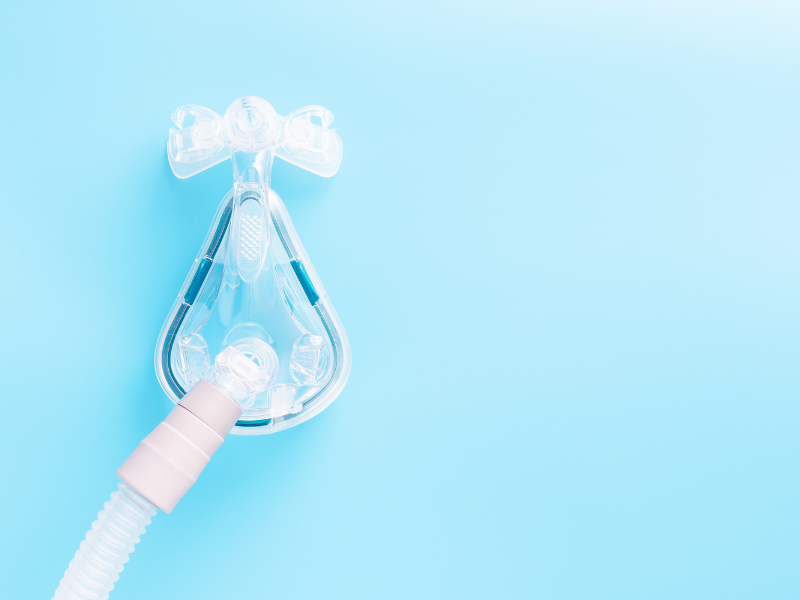
The first step is a diagnosis. Your doctor may ask you to provide some signs and symptoms based on the observations collected by your bed partner or roommate before conducting a diagnostic test.
There are two tests for diagnosing sleep apnea— home sleep apnea testing or polysomnography [8].
A home sleep apnea test is an alternative to the overnight polysomnography test that is usually done at a sleep clinic. While it is not as costly, it is also less detailed compared to polysomnography. Overnight sleep studies involve studying the brain waves whereas at home one does not have it.
After completing this study, if you are found to have sleep apnea, your doctor will then review your treatment options with you. Depending on the severity, you will be recommended either therapy or surgery to treat sleep apnea.
See also: 5 Best CPAP Masks of 2024
Sleep apnea may improve with lifestyle changes such as losing weight or adopting healthier sleep habits. However, it usually requires long-term management.
Untreated sleep apnea may lead to more serious medical conditions such as cardiovascular disease, stroke, and excessive daytime fatigue. It is important to see a sleep specialist if you suspect that you may have sleep apnea or any other underlying conditions.
You may also like: Can You Die From Sleep Apnea?
So, as we may see, sleep apnea can be attributed to many factors. There are two types of sleep apnea, obstructive sleep apnea (OSA) and normal sleep apnea, both of which can cause poor sleep quality. If you observe that your breathing frequently stops and you snore loudly, consult with a sleep doctor.
To monitor and track when you snore during the sleep cycle, try out the ShutEye® app. ShutEye® tracks your sleep cycle, monitors sleep sounds, and offers personalized tips to improve your sleep quality.
Abbasi, A., Gupta, S. S., Sabharwal, N., Meghrajani, V., Sharma, S., Kamholz, S., & Kupfer, Y. (2021). A comprehensive review of obstructive sleep apnea. Sleep science (Sao Paulo, Brazil), 14(2), 142–154. available at: https://pubmed.ncbi.nlm.nih.gov/34381578/
Badr, S. (2024) Central sleep apnea: Risk factors, clinical presentation, and diagnosis [online]. available at: https://www.uptodate.com/contents/central-sleep-apnea-risk-factors-clinical-presentation-and-diagnosis
Harvard Medical School (2021) Risk Factors [online]. Available at: https://sleep.hms.harvard.edu/education-training/public-education/sleep-and-health-education-program/sleep-health-education-25
Ikepeze, T. (2022) Central Sleep Apnea [online]. Available at: https://www.sleepapnea.org/central-sleep-apnea/
Manber, R., Bootzin, R. R., & Loewy, D. (1997). Sleep Disorders. Comprehensive Clinical Psychology, 505-527. available at: https://doi.org/10.1016/B0080-4270(73)00098-5
NIH (2022) What Is Sleep Apnea? [online]. Available at: https://www.nhlbi.nih.gov/health/sleep-apnea
Singhealth (2022) Home Sleep Test [online]. Available at: https://www.singhealth.com.sg/patient-care/specialties-services/sleep-centre/Documents/home-sleep-test.pdf
Rana AM, Sankari A. Central Sleep Apnea. [Updated 2023 Jun 11]. In: StatPearls [Internet]. Treasure Island (FL): StatPearls Publishing; 2024 Jan-. Available at: https://www.ncbi.nlm.nih.gov/books/NBK578199/